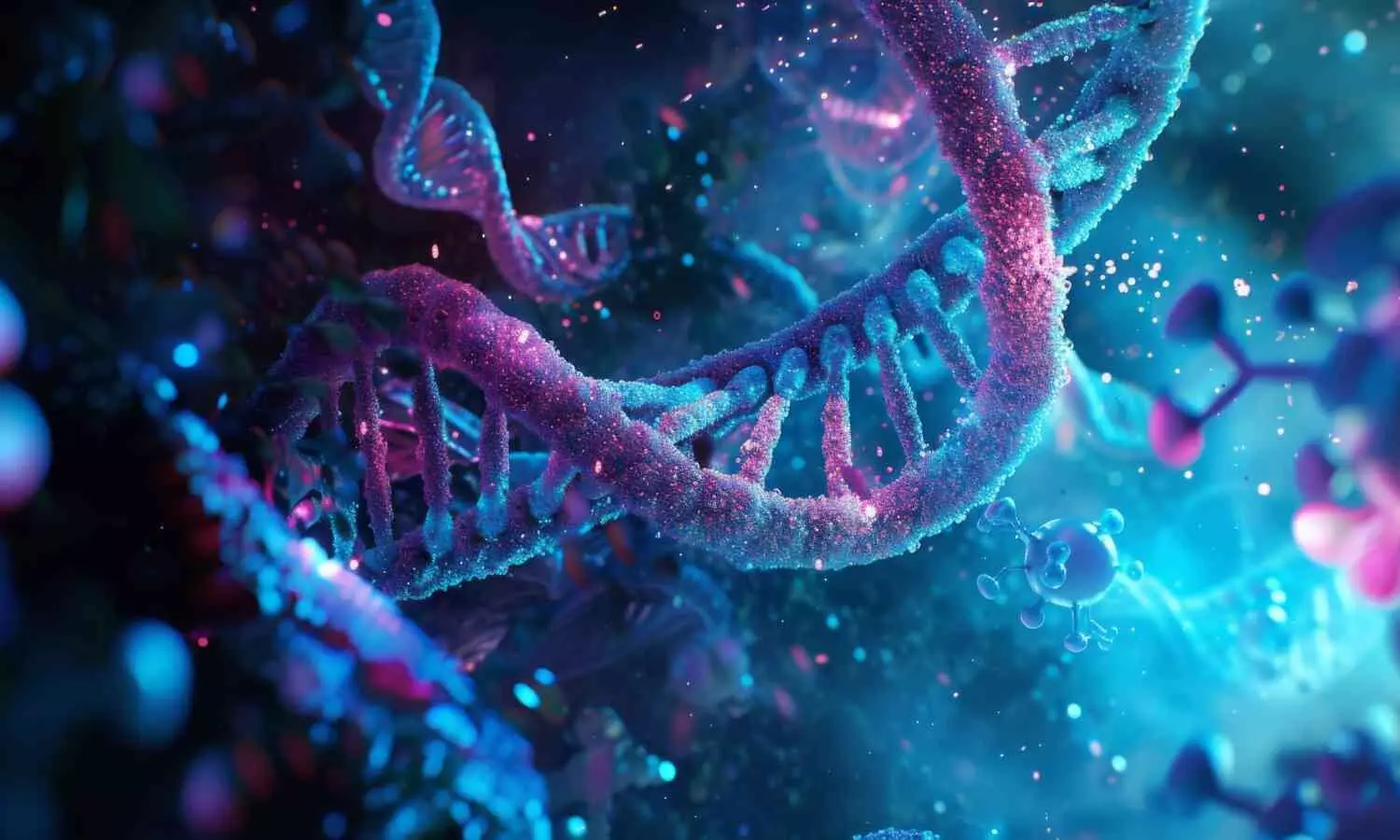DNA Repair Mechanisms May Influence Cancer Cell Death After Radiotherapy

Sydney: Australian researchers have discovered that DNA repair mechanisms play a critical role in determining how cancer cells die following radiotherapy. This breakthrough, led by scientists from Sydney's Children's Medical Research Institute (CMRI), could pave the way for more effective cancer treatments and improved cure rates.
Using live-cell microscope technology, the CMRI team monitored irradiated cancer cells for a week after radiotherapy. According to Tony Cesare, head of the CMRI Genome Integrity Unit, the study revealed an unexpected link between DNA repair processes and the mode of cancer cell death.
“DNA repair, which typically protects healthy cells, also influences how cancer cells die after radiotherapy,” Cesare explained to IANS. The research found that when DNA damage caused by radiation was repaired through homologous recombination, cancer cells predominantly died during cell division, also known as mitosis. However, this mode of death does not trigger an immune system response, which is crucial for targeting residual cancer cells.
In contrast, when cancer cells utilized alternative DNA repair methods, they survived cell division but released byproducts that mimic viral or bacterial infections. These byproducts activated the immune system, leading to an immune response against the cancer.
The researchers further demonstrated that blocking homologous recombination could alter the mode of cancer cell death to one that triggers a strong immune reaction. This finding opens the door to using drugs that inhibit homologous recombination, thereby forcing cancer cells treated with radiotherapy to die in a way that alerts the immune system.
“Our discovery could lead to new treatment strategies that not only target cancer cells more effectively but also harness the immune system to fight cancer,” Cesare told IANS.
Published in the journal Nature Cell Biology, the study underscores the potential of combining radiotherapy with drugs that manipulate DNA repair processes to improve patient outcomes. These findings represent a significant step forward in enhancing the effectiveness of radiotherapy and increasing cancer cure rates, the researchers said.


